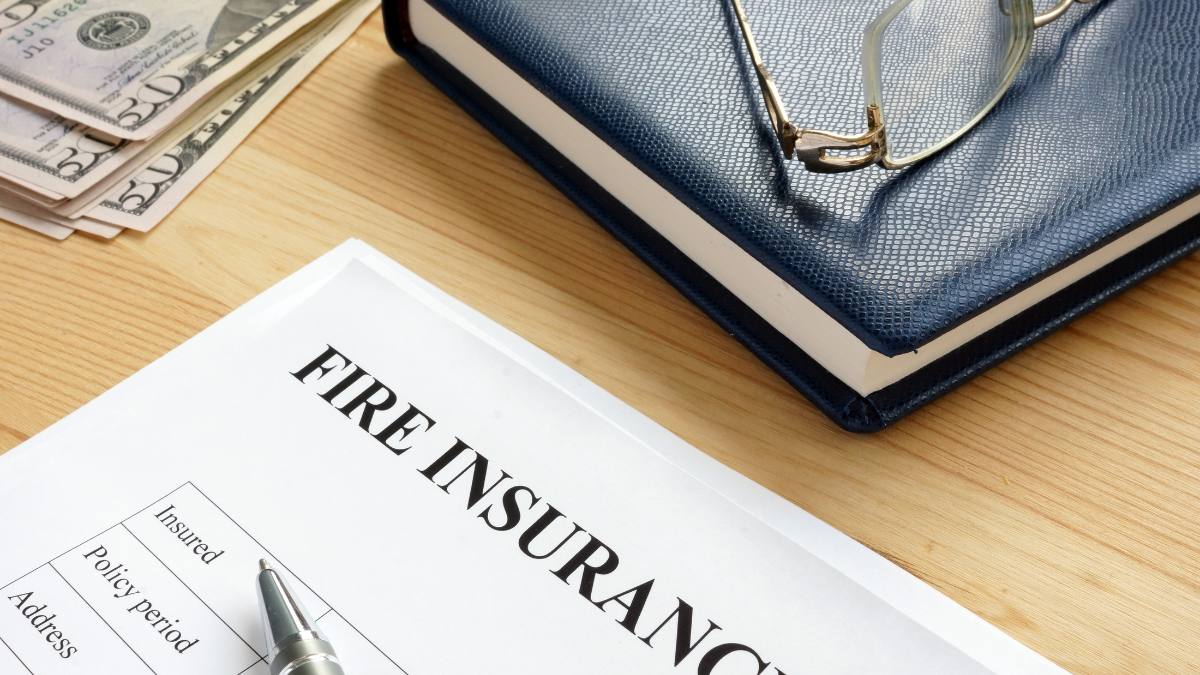The wildfires impacting Southern California—that are ongoing as of publication—have prompted many to wonder if they should invest in fire insurance. When buying insurance, home and auto coverage are essential and often the first to come to mind, but the Palisades, Eaton and Hughes Fires, among others, are bringing the conversation to the forefront. But how can you get it, and does it actually cover everything? To answer these questions, Woman’s World turned to the experts. Keep reading to get all the need-to-know info regarding fire insurance and how to be prepared in emergencies.
What is fire insurance?
Fire insurance is a form of insurance coverage that helps homeowners and renters repair or replace their homes, as well as recoup losses from damaged items in the event of a fire, explains George Hooker, insurance and FEMA expert and trial attorney at Cole, Scott and Kissane.
It is only available if you already have homeowner’s or renter’s insurance. “With homeowner’s insurance, the home’s structure is covered, as well as damaged personal property,” says Melanie Musson, a home insurance expert with InsuranceProviders.com. With renter’s insurance, it does not cover the home’s structure.
How to get fire insurance
Fire insurance is standard across the country, and most people can get it from their home insurance provider. However, Musson points out that in areas of high wildfire risk, such as California, insurance providers have assessed the risk as too high and removed fire coverage. “If your insurer does not offer fire insurance and you can’t find another insurer who will write a policy at an affordable rate, you may be able to get coverage from a state high-risk insurance pool,” she adds.
Potential risks of fire insurance

While adding fire insurance to your plan can be helpful, you should also be aware of the risks. Colleen Parsons, an independent insurance broker at World Insurance Associates, notes that the insurance doesn’t always pay out, and there are a few reasons for this. “If the policy has been canceled due to underwriting reasons or non-payment on behalf of the insured (customer) it may not be paid out fully,” she says. “Also, the claim might not be covered if there are pre-existing conditions, illegal activities, suspicion of arson, failure to mitigate further loss, misrepresentation or the damage was caused by poor workmanship (by a contractor, etc).”
Additionally, you must pay the difference out of pocket if the loss exceeds your policy limits. Specific exclusions or events aren’t covered, but “the insurance company may sometimes offer a reduced payment based on depreciation or other factors,” says Hooker. He suggests checking your policy if you think the insurer has unfairly denied or underpaid your claim.
Prepare a go bag for emergencies
Whether you live in a susceptible area or just want to be ready for an unexpected emergency, making a go bag is essential. A go bag is an emergency kit containing the things you may need in a disaster, such as a fire.
“The items typically found in such a bag include documents (e.g., ID, insurance policies), medical supplies, food and water for three days and other things that will help you survive for the first three days of an emergency,” says Hooker. “It is important because it allows you to gather your essentials and take them with you if you have to leave your house quickly in the event of a fire or another disaster.”
Other important things to know about fire insurance
Unfortunately, there aren’t many alternatives to fire insurance. “You can self-insure and save money to replace what you lose,” says Musson. But that’s almost impossible to do unless you’re incredibly wealthy.
Hooker adds that when purchasing fire insurance, it is best for you to read through the policy and understand all the terms, your policy coverage, the limits of the policy, and any deductibles. This will help ensure that you’re getting the best coverage for your situation.






